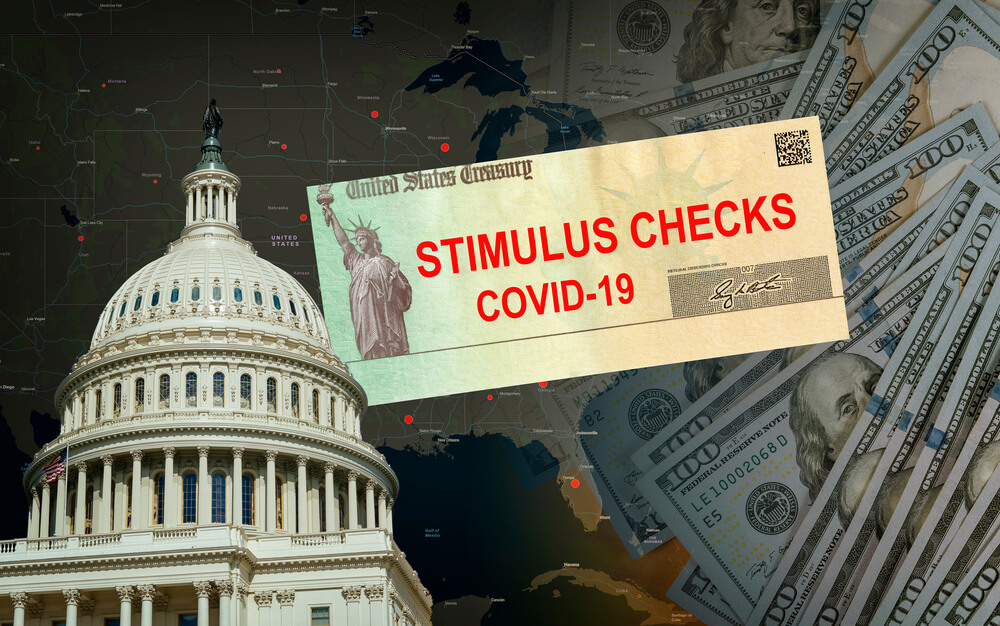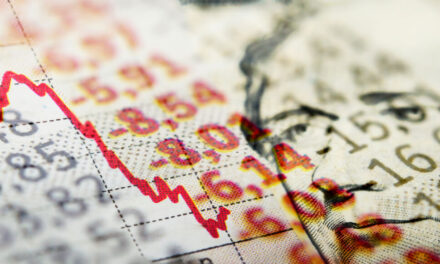Are the good times really over for good?
Stop rolling downhill like a snowball headed for Hell.
Stand up for the flag and let’s all ring the Liberty Bell.
Let’s make a Ford and a Chevy that would still last ten years, like they should.
‘Cause the best of the free life is still yet to come.
And the good times ain’t over for good.
— American singer-songwriter Merle Haggard
SAN MARTIN, ARGENTINA — Poor Merle. He must have turned his Wi-Fi off.
The long, downhill march probably began in January 2000, with the collapse of the stock market.
Back then, you would have had to sell nearly 40 ounces of gold to get enough money to buy all the stocks in the Dow. Now, it’s only just under 15… despite much higher dollar prices.
In real terms — gold — America’s capital industries are worth barely a third of what they were worth 20 years ago.
Yes, for the last score of years, the U.S. has been stumbling down the mountain… with huge slips and falls along the way.
And Tuesday, we saw why the U.S. dollar, upon which the whole empire rests, will soon avalanche down, too.
Tootling Along
Today, we look at the worst of the bruises.
Each year, some new ranking shows the U.S. dropping further. Life expectancy, happiness, infrastructure — by almost any measure you choose, America has lost ground.
Most recently, the Economist Intelligence Unit rankings put the U.S. in the same category as Argentina, with a “flawed” democracy.
But democracy is always flawed. And it was never America’s source of strength. Instead, it was the economy that powered the empire. Up until the end of the 1990s, the economy was firing on all cylinders.
To make a long story short, the democratically elected grease monkeys should have changed the oil. Instead, they put sand in the gears — encouraging debt rather than wealth… stifling the free market with rules, tariffs, restraints, regulations, and sanctions… queering capitalism with fake money and fake interest rates.
In December 1999, we were tootling along an open road, with no enemies worthy of the name. We had more money than ever. More scientists and engineers — many imported from China! And more technology, including the fabulous new internet, which put a world of learning at our fingertips.
Our capital markets, like our military, had no real challenger. And they were similarly ready for any misadventure, no matter how goofy.
Even our federal budget seemed to be headed in the right direction, with surpluses rather than deficits.
Monumental Imbecilities
But by the first month of the first year of the 21st century, the empire was already coughing and sputtering.
After spending billions on new, no-hope dot-com companies, investors got the shivers… The Nasdaq, home of investors’ liveliest fantasies, fell nearly 80% over the next three years.
And then, scarcely had the stock market begun to recover, when George W. Bush announced the first of what would become the Four Monumental Imbecilities (FMI) of the 21st century (so far).
He declared “war” on terrorism… and then launched a real war with Iraq, which had nothing to do with terrorism. The costs are still being tallied, but could be about $7 trillion.
Of course, the country didn’t have that kind of spare change. And worse, the forever wars in the Middle East left so much more money and power in the hands of the gun-toting Deep State, it is now effectively out of control.
Weak Recovery
Then, in 2008, came the collapse of the mortgage finance industry. Misled by the Federal Reserve’s artificially low interest rates, homeowners and lenders had gone too far. Even household pets qualified for mortgage loans under the “low-doc” regime of 2005-2007.
And when the reckoning came in 2008, instead of allowing markets to correct — that is, to reestablish a sensible balance between asset prices and debt levels — the Fed committed the second FMI of the century.
It went all-out to increase the amount of debt in the system… and inflated the century’s third, and biggest, bubble yet. Stock prices quadrupled.
But the underlying economy — impaired by reckless money-printing — couldn’t get out of first gear. It was the weakest recovery in U.S. economic history.
Fundamental Problem
And here, we pause to notice the fundamental problem with money-printing. It can give people a crack high, but it can’t keep them from getting the shakes. It can give them dollars, in other words. But it can’t make them better off.
Real wealth requires real growth, real savings, real investment, hard work, time, innovation, self-discipline, and all the other things that made the U.S. economy such a powerhouse in the first place.
Fake money, on the other hand, encourages speculation, conniving, corruption, short-termism, and a drive-it-like-you-stole-it attitude… which dooms the empire to craphole status.
Catastrophe
The third and fourth of the FMIs came in quick succession earlier this year.
First, the feds shut down the whole economy, as if COVID-19 were the Great Plague. (It is a very minor killer, historically. And it is very selective, with a particular grudge against the old, diabetic, and hypertensive among us. That is, it tends to pick up those who have already packed their bags and are waiting for the black bus; about half of the victims of COVID-19 were over 78 years of age.)
And then, realizing the catastrophe its Universal Lockdown orders were causing… the Trump Team made the last of the FMIs. It began printing money on a scale never before seen in North America.
Lasting Damage
Of all four Imbecilities, this last one will have the greatest and most long-lasting damage.
How so?
Rampant money-printing divides America into two. Those who get the money… and those who don’t.
It undermines the “social contract.” As mentioned above, fake money can make a few people rich. But it can’t make a society richer. The 10% of the people who get 90% of the money will be fine. The rest will resent them.
It destroys the real economy. Fake money favors connivers, gamblers, insiders, predators, cronies, politicians, scalawags (we repeat ourselves), and scoundrels (ooops… we’re doing it again). It disfavors savers, workers, innovators, long-term investors, and the patient, disciplined entrepreneurs that tomorrow’s Main Street economy depends on.
It hastens America’s decline. The empire needs a strong and reliable dollar. By printing up trillions of fake ones, the feds are shoving the empire down the hill.
It invites corruption. In a real, honest economy, what you get depends on what you give. People have to earn their money. In a money-printing economy, the wealth goes to those who are connected to power. The federal government — under the direction of former Goldman Sachs honcho, and current U.S. Secretary of the Treasury, Steven Mnuchin, will decide who gets what.
And the Fed, buying individual corporate bonds, will decide which businesses live (though most likely as zombies)… and which die.
Next, we look at how this future is likely to unfurl… and why simply saluting the flag will make no difference whatsoever.
Stay tuned…
Regards,
Bill
• This article was originally published by Bonner & Partners. You can learn more about Bill and Bill Bonner’s Diary right here.




